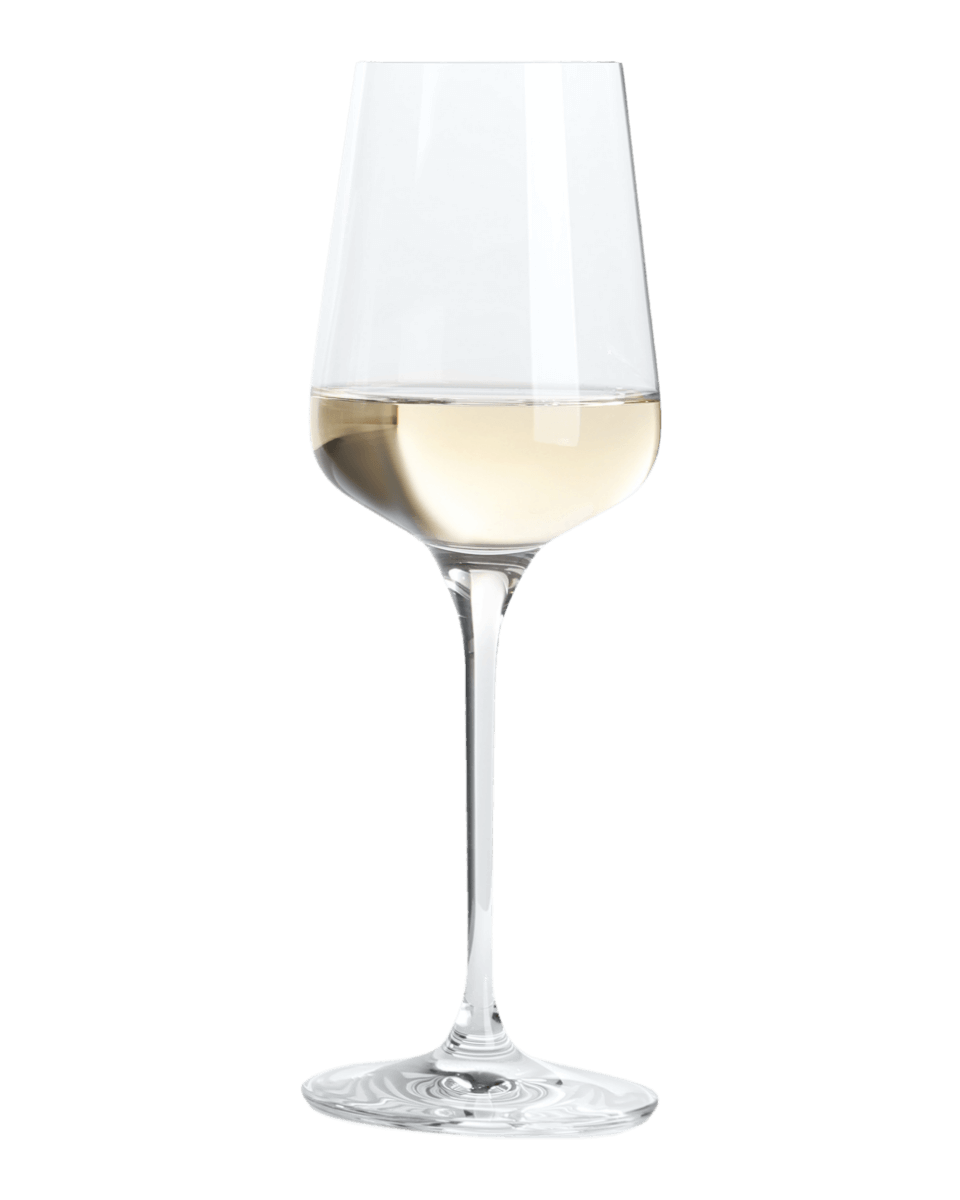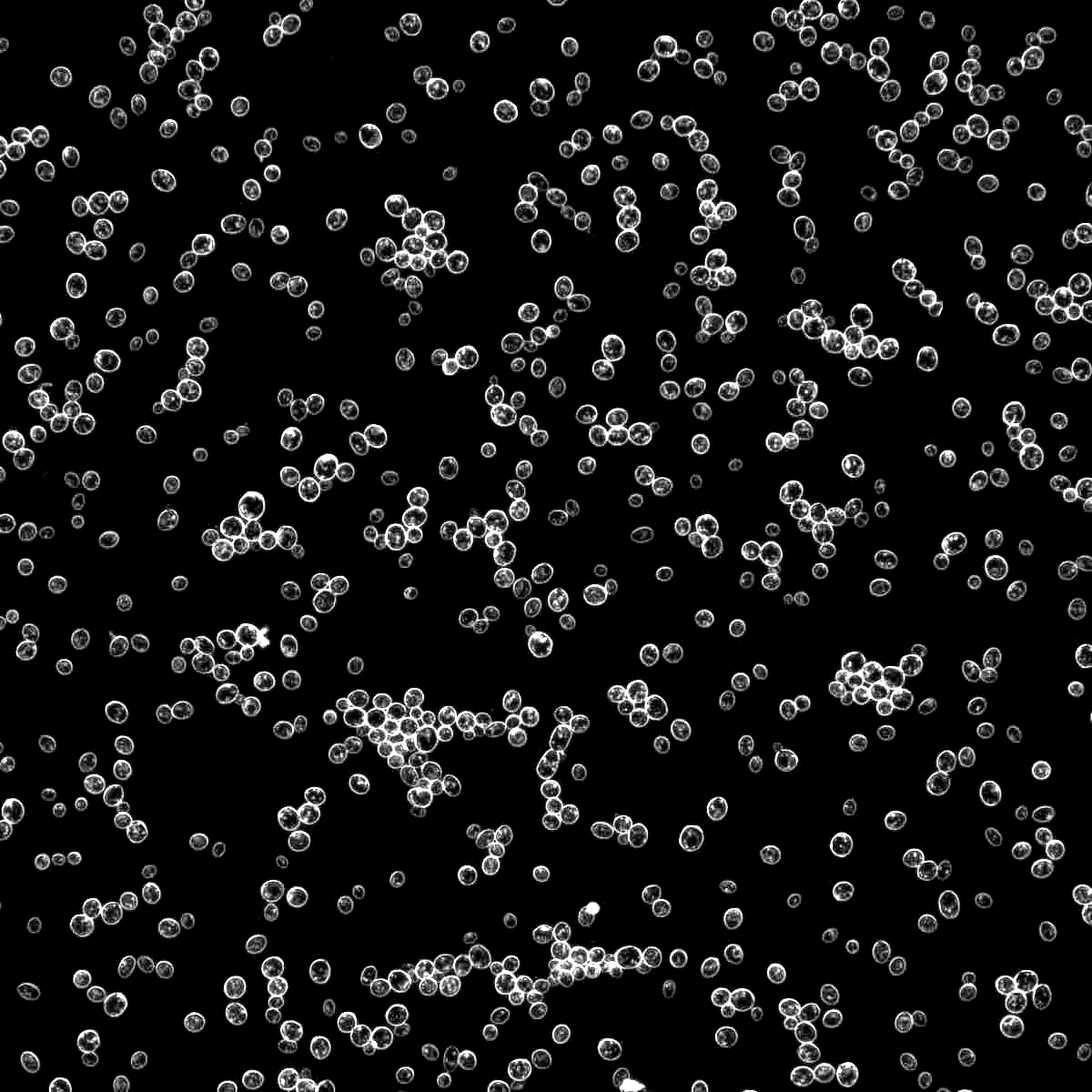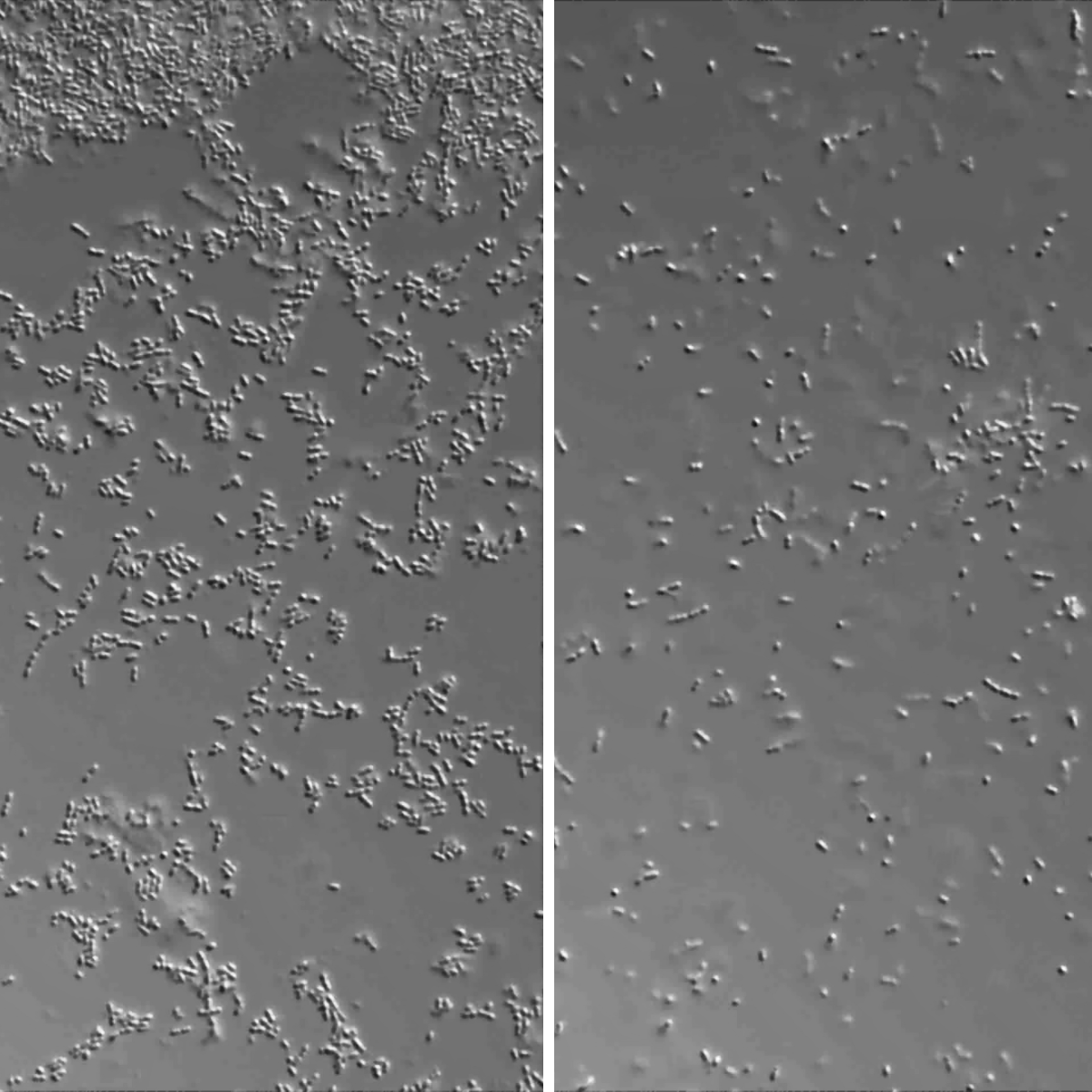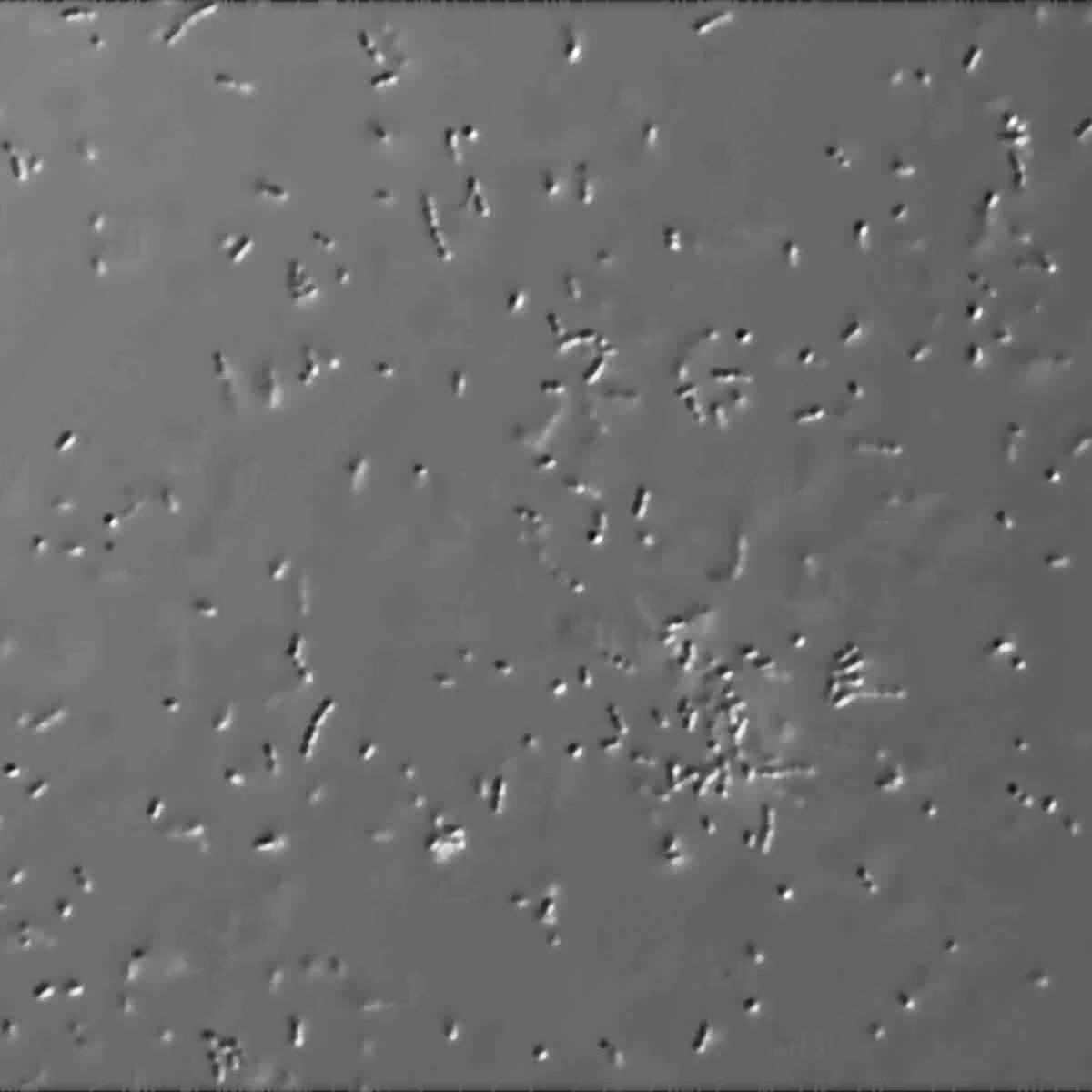
Riesling
Overall Impression:
Scroll down
Riesling is first mentioned in the Rheingau in documents from the early 15th century.
Riesling has historically been prized for its ability to convey the terroir of the vineyard while still retaining the character of the grape. Often compared to Cabernet Sauvignon for this reason, and for the ability to age very well. Wines made from Riesling are usually lower in alcohol (around 12%), high in tartaric acid, and strongly scented with honey, minerals, and flowers. Riesling is often used for late harvest, ice, and botryized sweet desert wines. Widely grown but performs best in cooler climates with long, slow ripening. Riesling is not compatible with oak ageing. The best Riesling fruit comes from steeply sloped, slow ripening vineyards.S


